Dr. Tyler Manson is a Board Certified Podiatric Physician and Surgeon at Oregon Institute of Foot Care in Lake Oswego, Oregon. Dr. Manson Specializes in treating painful corns and calluses and is the only provider in the Greater Portland area who uses Leneva® injections.
Leneva® injections are a non-invasive way to treat foot pain caused by corns, calluses, and ulcerations due to loss of fat padding. As we age, the fat pad to our feet shifts or thins down, causing increased pressure points and pain with every step we take.
Fat pad loss under the forefoot and heel is a common cause of pain in many patients, leaving them feeling like they are walking on rocks with each step. Patients with significant fat pad loss complain about extreme forefoot pain, the inability to tolerate walking barefoot on hard surfaces, painful recurrent calluses, and even open blisters or wounds. Leneva® injections help patients regrow the fat they once had on their feet.
1. What is Leneva?
Leneva is a sterile, FDA approved, natural, hypoallergenic, aseptic, minimally invasive in-office tissue graft injection performed under local anesthetic that allows your body to create fat in the area it is injected. Your body cannot grow its own fat padding without Leneva. Once Leneva is injected into areas under and around your callus, it acts like a honeycomb grid of sorts providing all the growth factors and proteins that your body needs. Your body uses these growth factors and proteins to recreate and reconstruct the fat padding (adipose tissue) in pressure areas where it has been damaged. The adipose tissue that you’ve created fills the honeycomb framework and remains where it has been created to provide much needed relief!
2. Can anyone get a Leneva injection?
Leneva does not have any contraindications, therefore most patients in need are good candidates.
3. What does injecting Leneva under and around my callus do?
Pressure and friction form calluses. The purpose of Leneva is to decrease the friction and pressure forming the callus by increasing the fat padding in that area. Where there is less pressure and friction, there is less or no callus.
4. Will I still be able to feel the callus after the injection?
The goal of a Leneva injection is to minimize and hopefully completely eliminate the callus so that it is not felt.
5. How much pain will I be in during and after the injection?
Dr. Manson will anesthetize the area before the injection with a local anesthetic so no pain is felt during the procedure Mild tenderness at the injection site after the injection is expected once the local anesthetic wears off a few hours later, but the discomfort is usually controlled with over-the-counter anti-inflammatories.
6. Are there multiple injection points around the callus?
No, Dr. Manson ideally wants to inject Leneva through one injection. However, if the callus is very large, more than one injection may be needed. Dr. Manson will inform you of that ahead of time during a pre-Leneva visit.
7. How many Leneva injections are needed?
If the area is small with mild damage, one injection should be enough. Dr. Manson will have a better idea after evaluating the area as this could change depending on the size of the area involved, how damaged the area is, and the amount of pressure it gets on a daily basis. The area is evaluated over the course of 12 weeks as your body makes the fat padding.
8. How long will I have to be off the area injected?
Patients are able to walk on the foot immediately after the procedure. Dr. Manson does pad the area around the injection and in some cases place the foot in a special shoe to keep the Leneva graft protected. This padding and special shoes are usually worn for about 2 weeks. Dr. Manson recommends limiting activity level for about 2 weeks after the procedure.
9. How long will Leneva last?
Leneva can last up to 2 years. Like all the padding around the feet, over time it will wear down just depending on your weight, the choice of shoe wear, the amount of time spent on your feet, and the activities you choose to do on them.
